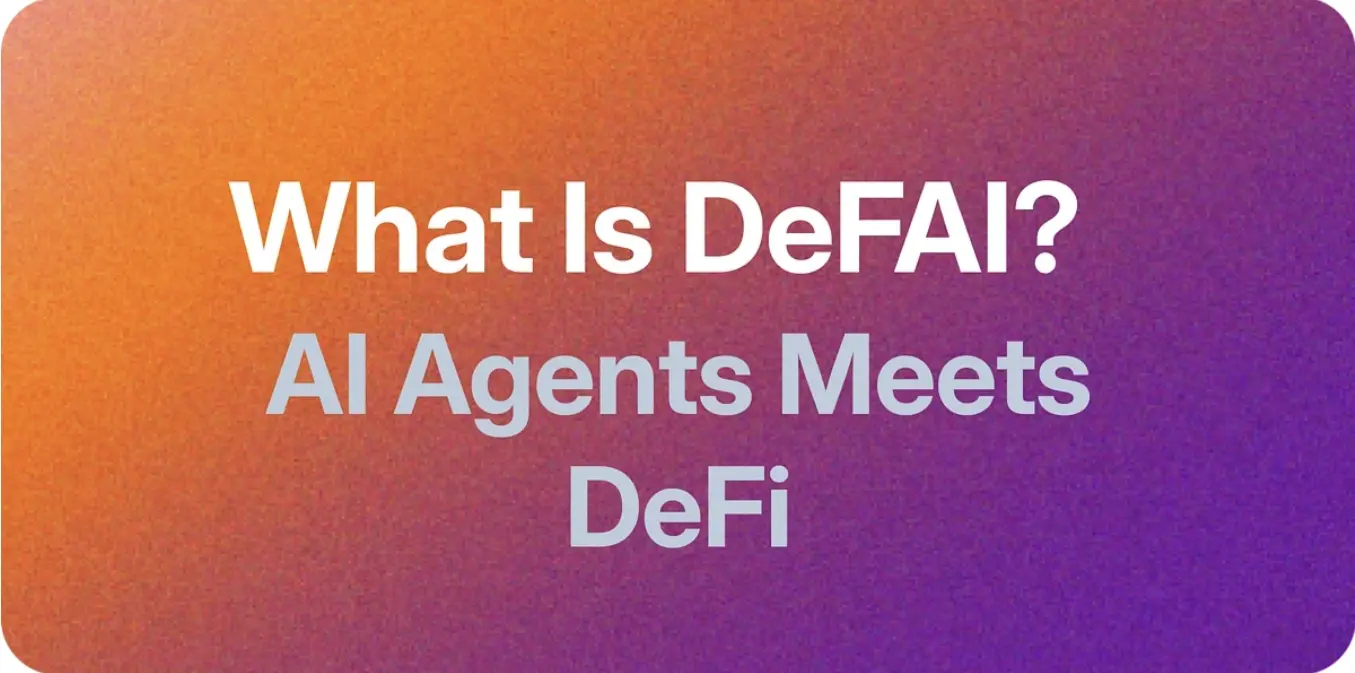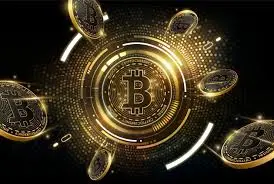Understanding the Star Atlas, a Star Game on the Solana Blockchain: A Large-Scale Multiplayer Online Game Themed Around Space

Author: Chin Yi Hong, CoinGecko
Original Title: 《What is Star Atlas? Here's What We Know About the Game So Far》
Translation: Dong Yiming, Chain Catcher
Star Atlas is a large-scale multiplayer online game (MMO) themed around space, currently in development. The game revolves around space exploration, territory control, and political domination. The development team is eager to create a metaverse experience that will transform how people interact socially, economically, politically, and in governance. Star Atlas can be imagined as a virtual universe that parallels the physical world, unrestricted by geography.
The game held its first token generation event in August 2021 and began selling its first batch of spaceships in September, creating quite a stir in the crypto community. However, there is still a long way to go before the playable content that users are eagerly anticipating (to be discussed later) is available.
At first glance, many will quickly notice the stunning trailers and stylish official website of Star Atlas. If you haven't seen it yet, here it is.
1. So, what exactly is Star Atlas?
Star Atlas is a grand strategy game set in the distant year 2620. Three factions are divided, competing for valuable resources and assets. The ultimate goal of the project is to become a digital world parallel to our physical world through a self-sustaining economy and commercial activities.
Like some other decentralized autonomous organizations, the project promotes its digital economy through a decentralized finance (DeFi) structure, including lending, staking tokens for interest, and automated market making.
The project plans to use Unreal Engine 5's Nanite technology to create true immersion, showcasing ultra-realistic cinematic visuals.
Many will find similarities between Star Atlas and Star Citizen, a game that has been in development for over a decade but has yet to be released, both emphasizing space exploration and an eternal universe.

2. What in-game currencies are there in Star Atlas?
The main driver of value in the Star Atlas game world is the currency reward system provided through a decentralized economy and game mechanics (or Play-To-Earn). There are two main fungible tokens serving as in-game currency, ATLAS and POLIS. The game is built on the Solana blockchain, allowing for high throughput and low transaction fees. By integrating with Serum (a DEX based on the Solana ecosystem), it becomes easier to participate in DeFi activities such as lending, staking tokens for interest, and earning fees from AMMs.
- ATLAS Token
ATLAS is the native token of the platform, serving as the in-game currency. It is used for trading with NPCs as well as P2P transactions of ships, crew, components, land, and equipment.
When playing Star Atlas, players need to consider some operational costs, which may include repairing damage, resource mining, and fueling ships. These are also paid for using ATLAS in the game. ATLAS is also the currency used to purchase NFTs such as spaceships in the game's NFT marketplace.
- POLIS Token
POLIS is the governance token of the game, similar to AXS in Axie Infinity. Holders of POLIS tokens vote on what activities can take place on their land, tax other players, and establish laws that other players must follow.
After the game launches, the only way to obtain POLIS will be by staking ATLAS. However, 20% of the tokens will be available for purchase during the Galactic Atlas Offering (GAO), which we will discuss further later.

1. POLIS Distribution
The distribution of POLIS will occur in two phases.
The first phase, during the Galactic Asset Offering (GAO), will sell 20% of the governance tokens. After the GAO, the remaining POLIS will be distributed as rewards for staking ATLAS.
2. Governance Utility
POLIS is a governance token that can be used in the game and guide real-world policies of the game. It grants players political power between factions and influence over decisions made by Star Atlas developers.
(a) In-Game Governance
POLIS represents voting rights in the virtual world. POLIS holders will have unique jurisdictional ownership over entire regions, regardless of who owns the land (NFT) and the rights to the equipment.
These players will be able to restrict certain activities that may occur under their supervision, tax other players, charge tolls, and establish laws that other players must follow.
(b) Real-World Governance
POLIS will essentially give the game community greater influence over the decisions made by the Star Atlas development team. However, this is expected to emerge after a period of centralized decision-making, which is anticipated to last 2-3 years. At the end of the centralized period, holders will be able to influence game economics (i.e., inflation rates), asset release schedules, game direction, etc.
3. How does the project generate funding to build the game?
To fulfill its overall vision of the Star Atlas universe, the game is financed through the sale of assets, divided into five phases. Each phase provides a new opportunity to generate funding based on development milestones.
Phase 01: Galactic Asset Offering (GAO)
During the GAO, in-game assets (NFT spaceships) will be issued in limited quantities to meet the initial demand from the community and collectors who wish to acquire NFTs from the first generation of the game. The NFTs depict high-definition artwork of spaceship concepts. For more details, you can check the GAO manual. Two waves of GAO have already concluded in early September.
The game assets released in this phase will not be playable until the second phase. However, these assets can be traded immediately through P2P or via the platform's DEX.
Phase 02: Browser Mini-Game
Star Atlas will release a browser-based mini-game as a minimum viable product. In-game assets can be purchased and used immediately in the mini-game.
During the mini-game phase, the acquired assets will be configured within the Star Atlas feature set. Sales of assets in the mini-game will generate ongoing revenue for this phase.
Phase 03: Shipyard Module Sales
After successfully launching Phase 2, Star Atlas will begin full production on Unreal Engine 5. The first milestone for this game version will be the deployment of a fully functional shipyard module. This module will allow players and collectors to inspect their final game assets, but only at the shipyard of their chosen faction's central space station.
Another wave of public asset sales is planned for this phase. Meanwhile, asset sales within the mini-game will continue to generate ongoing revenue.
Phase 04: Final Pre-Sale of Beta Version
The beta version of Star Atlas should have been successfully launched before this phase. All remaining pre-launch assets will be available for purchase and can be used immediately in the Star Atlas beta version.
Phase 05: Ongoing Sales
With the full launch of the real-time version of Star Atlas, all assets available for production will no longer be available for purchase once sold out.
Additionally, the parent company of Star Atlas will impose a transaction tax on every in-game transaction.
Star Atlas Factions

At the time of writing, choosing a faction is one of the few things players might do in the early stages, and each faction has its own strengths and weaknesses in terms of control over various resources in the galaxy. Generally speaking, newcomers first discuss which faction to join.
MUD Territory
The MUD territory is ruled by humans. The space controlled by MUD is close to the raw materials used for manufacturing long-distance space travel and ballistic technology.
Faction Traits: Firepower, Diligence
Local Resources: Mortise, Sea Cucumber, Diamond
ONI Domain
The ONI domain is led by an alliance of alien races. The main advantage of joining the ONI region is gaining access to densely concentrated raw materials within its controlled space. These materials are highly sought after in the development of advanced stealth and radar technologies.
Faction Traits: Diplomatic, Technological
Local Resources: Jasmine, Chisenic, Gold
Ustur Tribe
Ustur is controlled by Cybernetic perception. Joining the Ustur tribe allows you to carve your own path in the physical universe. Obtaining rare minerals crucial for developing highly flexible propulsion technology and top-tier hull reinforcement pipelines is essential.
Faction Traits: Hull Strength, Exploratory
Local Resources: Gelatin, Dodiline, Lithium
Star Atlas Marketplace
The Star Atlas universe marketplace will connect all in-game players to buy and sell all types of assets and publish listings for paid in-game missions. Players can bid or settle immediately based on the price list. The vast majority of assets traded on the marketplace will be obtained by completing in-game missions.
The marketplace can also serve as a repository for acquiring assets during pre-sale assets and concept sales. It is now operational, and you can make purchases using Atlas tokens.
Star Atlas Revenue Distribution
According to the value matrix in the Star Atlas whitepaper, a portion of operational revenue (from asset sales and currency sales) will be allocated to a token buyback and burn mechanism (the remainder will be calculated as net income and distributed as dividends).
Star Atlas UAMM
The net proceeds from the sale of NFT assets will be contributed to the ATLAS:USDC AMM pool as Universal LP. These funds will be available to any player wishing to exchange the currency earned in-game for other digital assets.
Atlas Co. will become the last buyer in this mining pool, willing to purchase all remaining ATLAS at a price equal to the USDT deposited in the pool divided by the total number of circulating ATLAS units.
Star Atlas Token Burn Mechanism
In addition to contributing to UAMM, the Star Atlas development team will also participate in the token acquisition and burn mechanism. These transactions will take place on the same public market DEXs accessible to all participants.
When will Star Atlas officially launch?
On the other hand, the complete game does not seem to be launching anytime soon. In the words of Star Atlas CEO Michael Wagner, the game's release date is "many years" away. According to Star Atlas Discord moderators and community members, the game is expected to be released in 5-8 years.

How can Star Atlas achieve success?
As one of the largest metaverse projects in the crypto space today, we all hope this project can succeed and perhaps overcome the centralization of the market to showcase the advantages of decentralization in the metaverse. Additionally, since Star Atlas is built on one of the fastest and cheapest blockchains, it naturally sparks speculation about how it will develop.
However, there is still too much uncertainty. In the years of development, anything can happen, and even if the game is released, success is not guaranteed. Before we discuss some fundamental requirements for Star Atlas to achieve success, let's first look at some opposing views within the Star Atlas community.
1. NFTs before Game Development Completion
Many crypto enthusiasts do not understand why the team is obsessed with creating concept art and selling it as NFTs instead of creating ready-to-use game assets. Moreover, the game team seems unbalanced, with many concept artists but few game designers and engineers.
What is happening is that in typical game development, pre-production indeed involves creating a lot of concept art, and Star Atlas is trying to monetize this phase as much as possible. However, creating concept art should not be the sole focus of pre-production; it is also important for the team to showcase progress in other areas.
If everything goes according to plan, full production of Star Atlas on Unreal Engine 5 will commence after Phase 2 (the browser mini-game).
2. Transparency in Development
What is the game like? When can I see a part of the game? When is it coming out? Why is SCORE delayed? Why are MUSHROOM and APPLECORE not public?---these are some of the most common questions on the Star Atlas Discord server. However, most of the time, no one has answers.
According to the Star Atlas whitepaper, there will be an initial centralized decision-making period of 2-3 years before the community can make decisions with their respective voting rights, so their developers may be less involved with the community than those in other decentralized organizations. It is also possible that certain details are kept confidential, and any disclosure could jeopardize the project.
3. Resource Adequacy
Ultimately, this leads me to a fundamental question: does the current Star Atlas team have the capacity to build something so massive?
As reported by CoinDesk on September 21, Star Atlas has seen explosive growth this year, raising an additional $2 million through a public token offering on top of the $41 million it has already raised from NFT sales. Nevertheless, it still has a long way to go compared to other projects currently in development.
Take Star Citizen as an example; it has received over $400 million in funding, making it the most expensive video game in development. Even after more than a decade of development, it is still struggling to launch the game. In fact, many present are concerned that Star Atlas's construction time will be as long as Star Citizen's or that it will ultimately be unable to compete with Star Citizen, which has been in development for a longer time. The gaming industry is also filled with trendy game trailers that ultimately get canceled or products that fail to meet the hype.
Similarly, we can view other metaverse games, such as Axie Infinity, Decentraland, The Sandbox, and even centralized metaverses like Roblox and Meta, as competitors to Star Atlas.
Keeping this in mind, Star Atlas seems to need to exponentially scale its team and resources to compete with the growth of other AAA video games or metaverses. In addition to raising additional funds through rounds of financing or asset sales, outsourcing production or even mergers and acquisitions may enhance cost-effectiveness.
4. Ongoing Community Engagement
Since Star Atlas aims to be a decentralized project, its success heavily relies on the community. Therefore, the team needs to emphasize a certain level of transparency during the development phases and the distribution of sales profits within its community throughout the entire development process.
On the other hand, the user base should primarily engage with the game for personal enjoyment or trust in game development rather than for hype or profit. Otherwise, if the game ceases to be profitable, a large number of users may abandon it, ultimately leading to the collapse of the virtual ecosystem, as we have seen in some previous P2E games. After all, the Star Atlas token is intended to serve as currency within the game, so it should be treated well, especially considering that it will take several years for the game to launch.
Conclusion
Star Atlas attempts to redefine the future of NFT-based blockchain gaming by connecting top blockchains, real-time graphics, multiplayer video games, and decentralized finance technologies. Star Atlas's ambition for cinematic-quality graphics has reached levels that other competitors in the blockchain space have yet to attempt. The Solana blockchain also enables the game to leverage the network's low transaction fees and transaction throughput of up to 50,000 TPS.
However, due to the nature of the project, its future launch and ultimate success are uncertain, as it faces significant uncertainties and risks in operations, technology, finance, and regulation. Additionally, since Star Atlas is a blockchain-based project, the prices of the ATLAS and POLIS tokens fluctuate with the cryptocurrency market, which may have a direct impact on the project.










